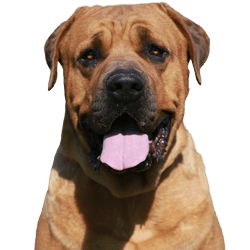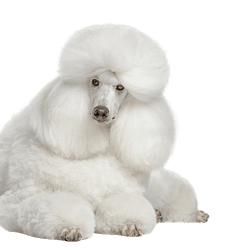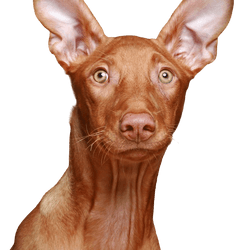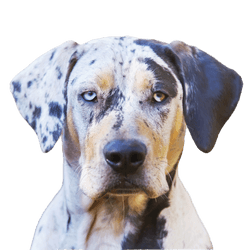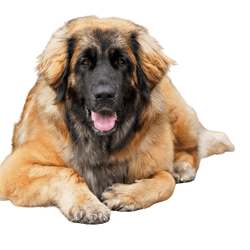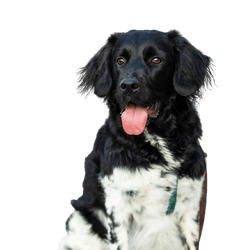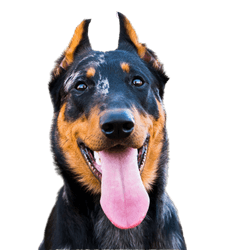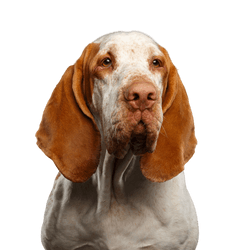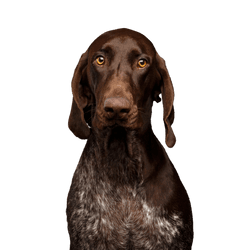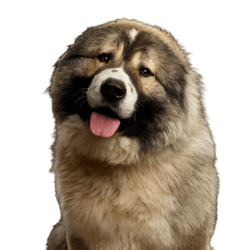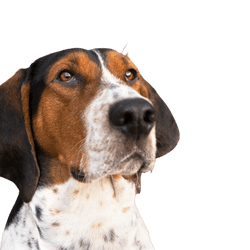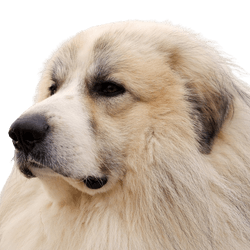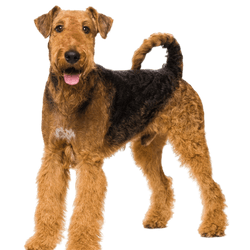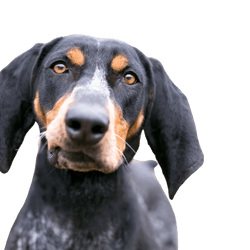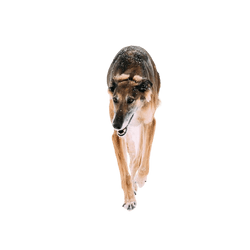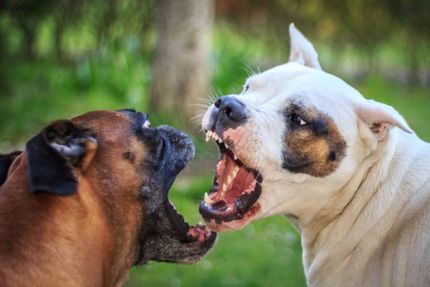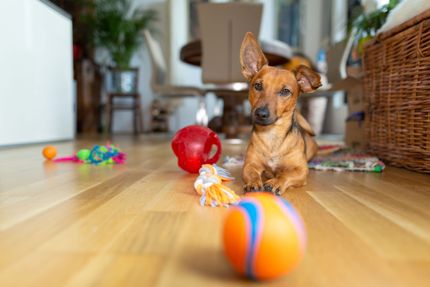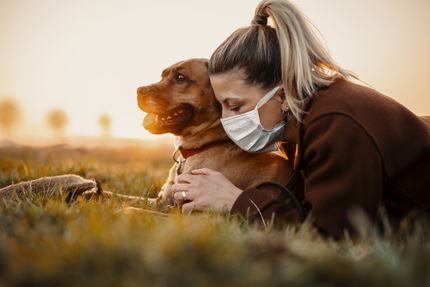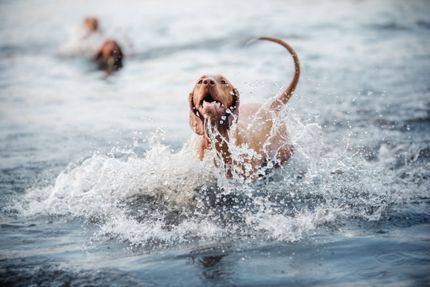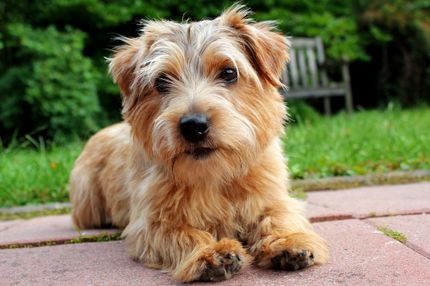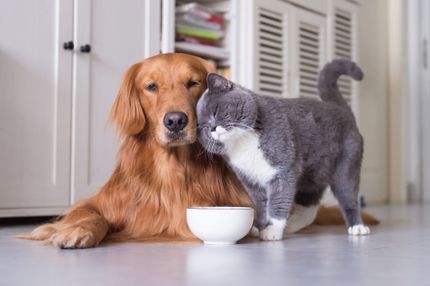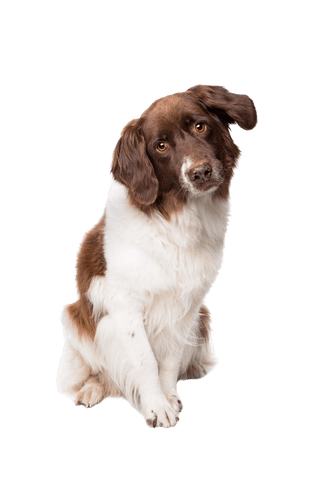
Drentsche Partridge Dog Breed description: Character & Co
Drentsche Partridge Dog
Facts & Origin
Ancestry and origin of the Drentsche Partridge Dog
The Drentse Patrijshond (Drentscher Hühnerhund), originated in the Netherlands in the 16th century. The center of breeding was the province of Drenthe (in German: Drente), located in the northeast of the Netherlands. He was originally bred for hunting partridges, hence his name. In 1943, the dog was recognized as a breeding standard by the Dutch Kennel Club, a member of the Fédération Cynologique Internationale (FCI). This versatile breed can be used as a pointing, retrieving, companion, guard and family dog.
Breed characteristics and temperament of the Drentse Chickendog
The Drentse Patrijshond is a dog breed recognized by the FCI, listed in group 7 (Pointing dogs) section 1.2 (Spaniel), no. 224, with working test.
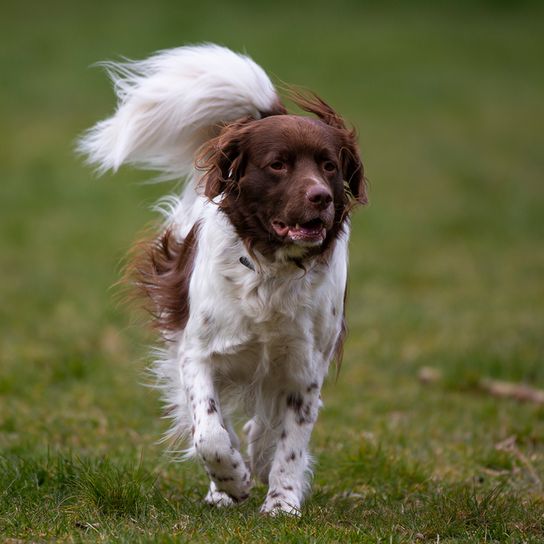
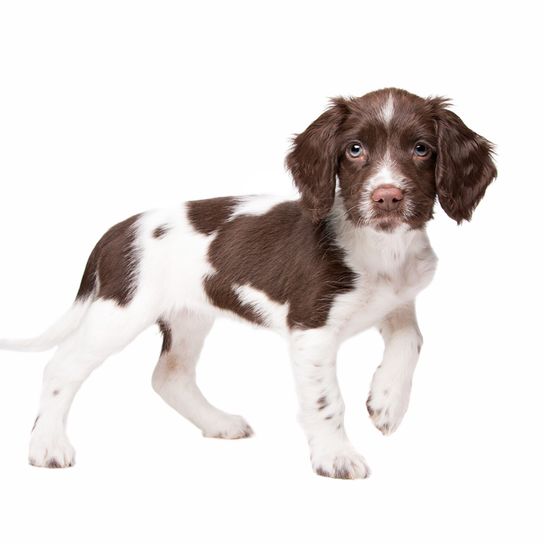
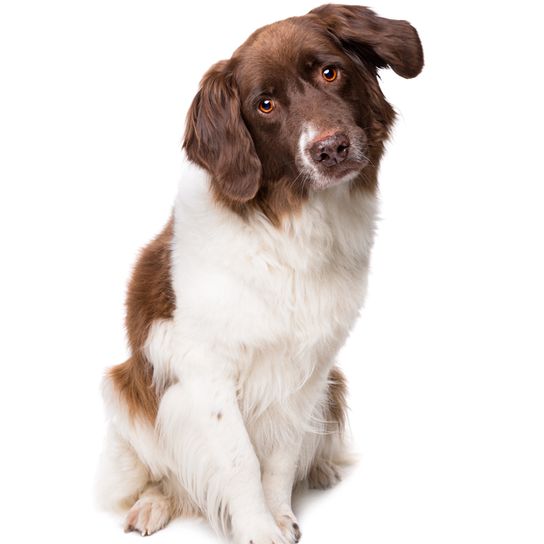
| Alternate Name | Drentscher chicken dog, Dutch Partrige dog, Drentse-Patrijs, Drent'scher chicken dog |
| Origin | Netherlands |
| Life expectancy | 12 - 13 years |
| Care requirements | low-maintenance |
| Activity level | high |
| FCI group | Continental Pointing Dogs |
| AKC group | Foundation Stock Service |
| KC group | not recognised |
Attitude, character and temperament of the breed
From his nature and temperament,
the Drentsche Partridge Dog is..:
- gentle
- intelligent
- adaptable
- obedient
- loyal
- companionable
- fearless
- easy to handle
A dog like out of a picture book, which can be trained easily and gives its owner great pleasure.
Attitude and education of the Dutch pointing dog from Drente
The child-friendly, sporty dog breed must be trained sensitively. Coercive methods and harshness in education would harm the gentle character of the dogs. With loving upbringing and training, it will develop into the perfect family dog as well as a perfect companion for hunting. Kept as a family dog, however, the four-legged friend needs adequate activity. Their innate hunting instinct needs to be satisfied by alternative activities. Various dog sports such as agility, flyball, obedience or dog frisbee are ideal for this purpose. Such activities should be moved to the water in the summer when it is very hot. The dogs are exceptionally fond of water.
Character
Usage

Health and breeding information
Care and nutrition
The dog's thick coat should be brushed regularly and any dirt should be removed. For a healthy diet, the dog needs one or two meals a day, which should consist of high-quality products (dry food or raw meat). However, it is voracious and prone to obesity, so food rations must be controlled and balanced.
Health and life expectancy Drentse-Patrijs
Since both dogs are an original, pure breed, the Drentse Patrijshond is hardly susceptible to disease. Possible diseases are hunting injuries, ear infections and sometimes hip dysplasia. In some breeding strains there is also a hereditary defect, the eye disease PRA (= progressive retinal atrophy). The disease is incurable and leads in the end to complete blindness of the affected dogs. In good health the dogs reach an age of 12 - 13 years.
Interesting facts
Outside the Netherlands, the breed is rarely found. Friends of this breed can find a list of existing breeders at theVerband für das deutsche Hundewesen (VDH). If you cannot find a breeder in Germany, the only option is to travel to the Netherlands to buy a puppy there. The import of dogs from EU countries is subject to certain requirements and conditions. It is best to check with a vet.


Breed characteristics and appearance of the Drentsche Partridge Dog
The medium sized dogs have a muscular well proportioned body. The coat is dense and longer on some parts of the body, such as the neck and forechest, than on the rest of the body. Coat colors are brown-white, orange-white or tri-colored, with or without mottling. The ears are set high. Around the eyes and on the hangings the dogs are brown. The males are 58-63 cm tall, the females 55-60 cm. The weight of the dogs is between 21-25 kg.
| Fur length | short |
| Fur | wavy |
| Ear shape | Floppy Ear |
| Tail | lang |
| Anatomy | slim, sporty |
| Size ♀ | 53 - 63 cm |
| Weight ♀ | 25 - 28 kg |
| Size ♂ | 55 - 63 cm |
| Weight ♂ | 21 - 25 kg |
| Suitable For | - |
Colors
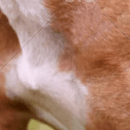
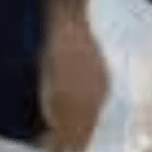
Known Diseases
Hip dysplasia (HD)
The hip dysplasia or hip joint dysplasia of the dog (HD) is a maldevelopment of the hip joint.
Progressive Retinal Atrophy (PRA)
Progressive retinal atrophy (PRA) is a slowly progressive death of the retina in dogs.
Other large dogs
Useful Articles
You can find articles that might interest you in the dogbible blog to match your favorite breed.
Visit our magazineto stay up to date on dog trends.
To find out more, view our Privacy Policy
Find here the breed that suits you and find out what character traits it has. Here you can also learn more about the origin, size and weight of your favorite breeds.
Matching your favorite breed, you'll find articles that might interest you on the dogbible dog blog.
PRA (Progessive Retinal Atrophy) in dogs - what you need to know about it
Advantages of pedigree dogs to mongrel dogs
These foods are poison for dogs
What is a clicker and what does it do for dog training?
Lyme disease in dogs - symptoms & treatment and why its so dangerous
